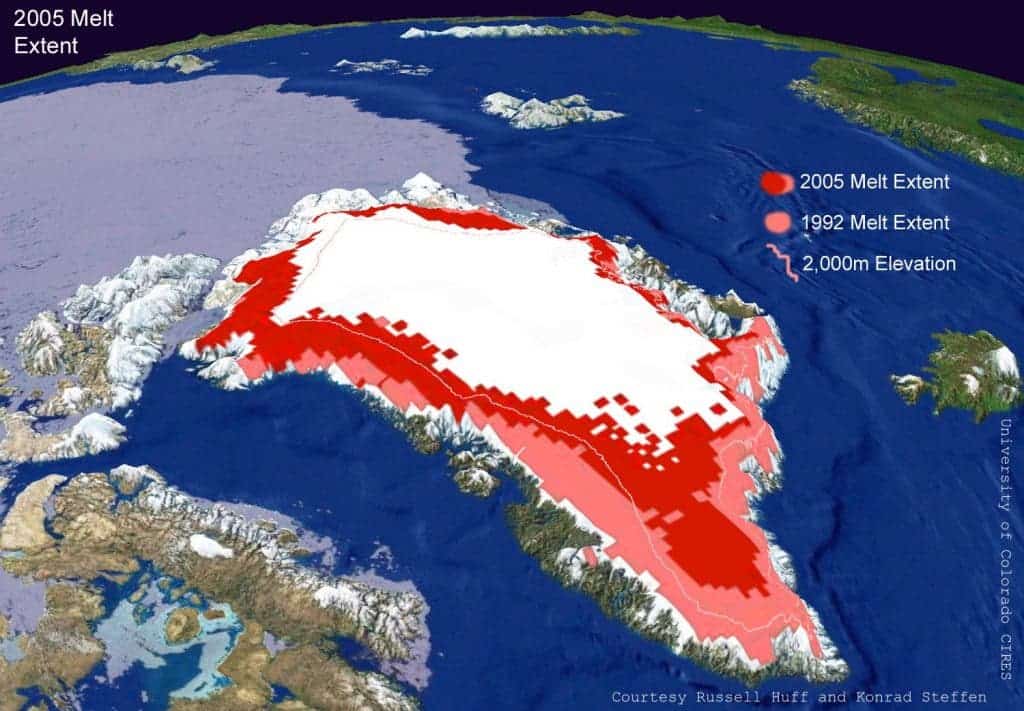A geological study has revealed that the massive ice sheet has fixed the landscape in place, rather than destroying it.
Ice is usually really good at scouring stuff away – it doesn’t take a scientist to tell you that. But according to this new study, some of the sub-glacial landscape may have remained unchanged for almost 3 million years, ever since the island became completely ice-covered, according to researchers funded by the National Science Foundation (NSF).
They analyzed samples from a 3,000 meters long core and concluded that “pre-glacial landscapes can remain preserved for long periods under continental ice sheets.” Seriously, that’s just how awesome geology is – we dig holes in the ground, and we find out stuff.
“The soil has been preserved and only slowly eroded, implying that an ancient landscape underlies 3,000 meters of ice at Summit, Greenland,” they conclude. They add that “these new data are most consistent with [the concept of] a continuous cover of Summit… by ice … with at most brief exposure and minimal surface erosion during the warmest or longest interglacial [periods].”
By now, you’re probably wondering how on Earth were they able to find that out by drilling. Well, just to clarify things up, an ice core is cylinder of ice in which individual layers of ice, compacted from snowfall, going back over millennia can be observed and sampled. As the ice forms from the incremental build up of annual layers of snow, lower layers are older than upper, and an ice core contains ice formed over a range of years. The properties of this ice and recrystallized inclusions can be studied to reconstruct a climatic record normally through isotopic analysis.
The scientists looked at the proportions of the elements carbon, nitrogen and Beryllium-10, the source of which is cosmic rays, in sediments taken from the bottom 13 meters (42 feet) of the GISP2 ice core. They also compared it to similar samples from Alaska, to test how old it is.
Their discovery is also supported by the fossils they found in northern Greenland. Contrary to what you might expect, they found fossils of forest dwelling creatures, suggesting that Greenland was, in fact, green – at least a couple of million years ago. Even after ice sheet started to form, the center of Greenland remained stable, allowing the landscape to be locked away, unmodified, capped out under ice through cycles of warming and cooling.
“Rather than scraping and sculpting the landscape, the ice sheet has been frozen to the ground, like a giant freezer that’s preserved an antique landscape”, said Paul R. Bierman, of the Department of Geology and Rubenstein School of the Environment and Natural Resources at the University of Vermont and lead author of the paper.
But understanding how Greenland evolved is not just ancient history – it might help us understand how it might behave in the future, especially considering the global warming we are currently causing. As global temperatures continue to rise, scientists are worried about how the ice sheets will react, and figuring out how they behaved through (natural) cycles of warming and cooling might prove to be very valuable.
Via NSF.











